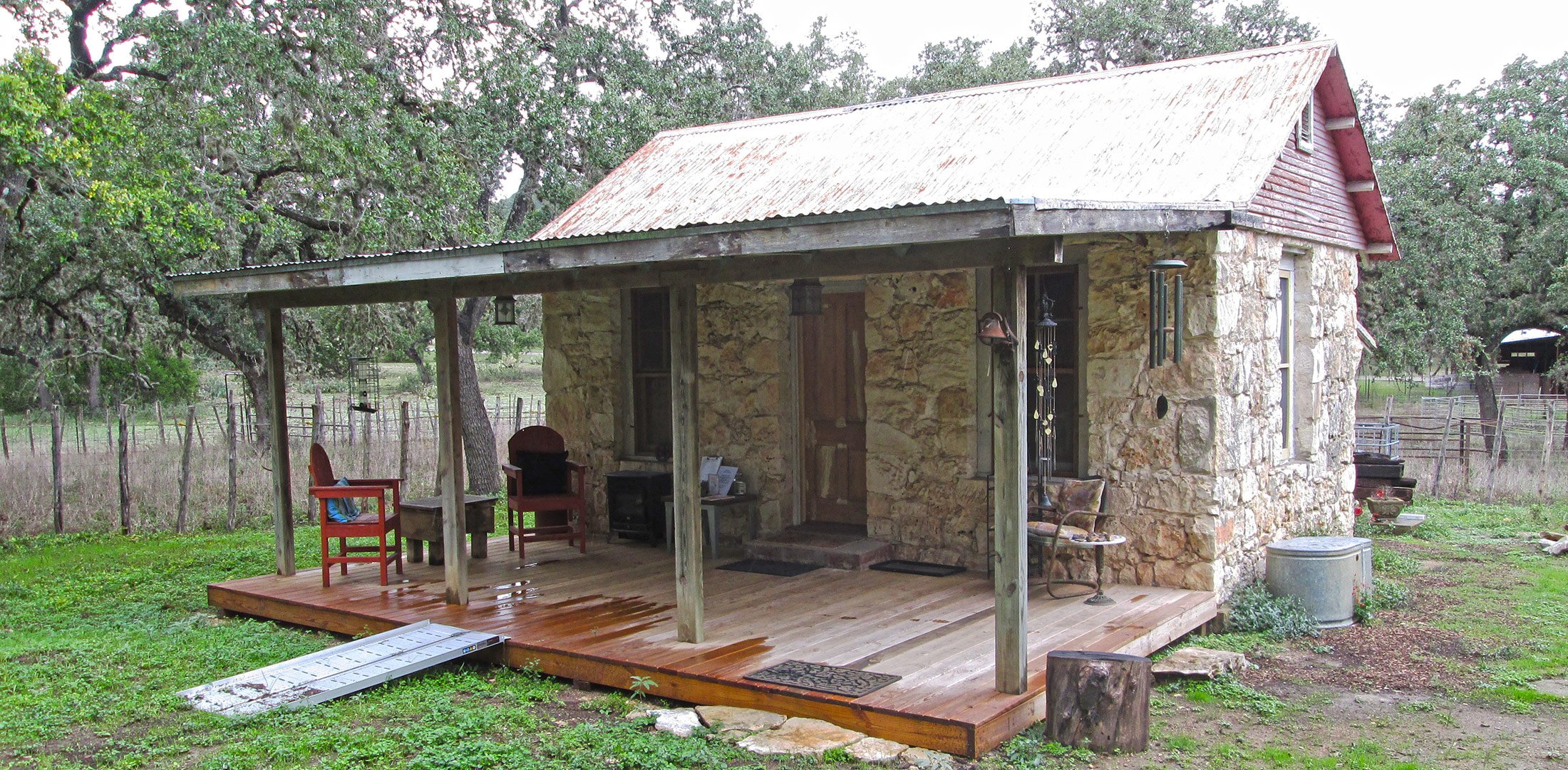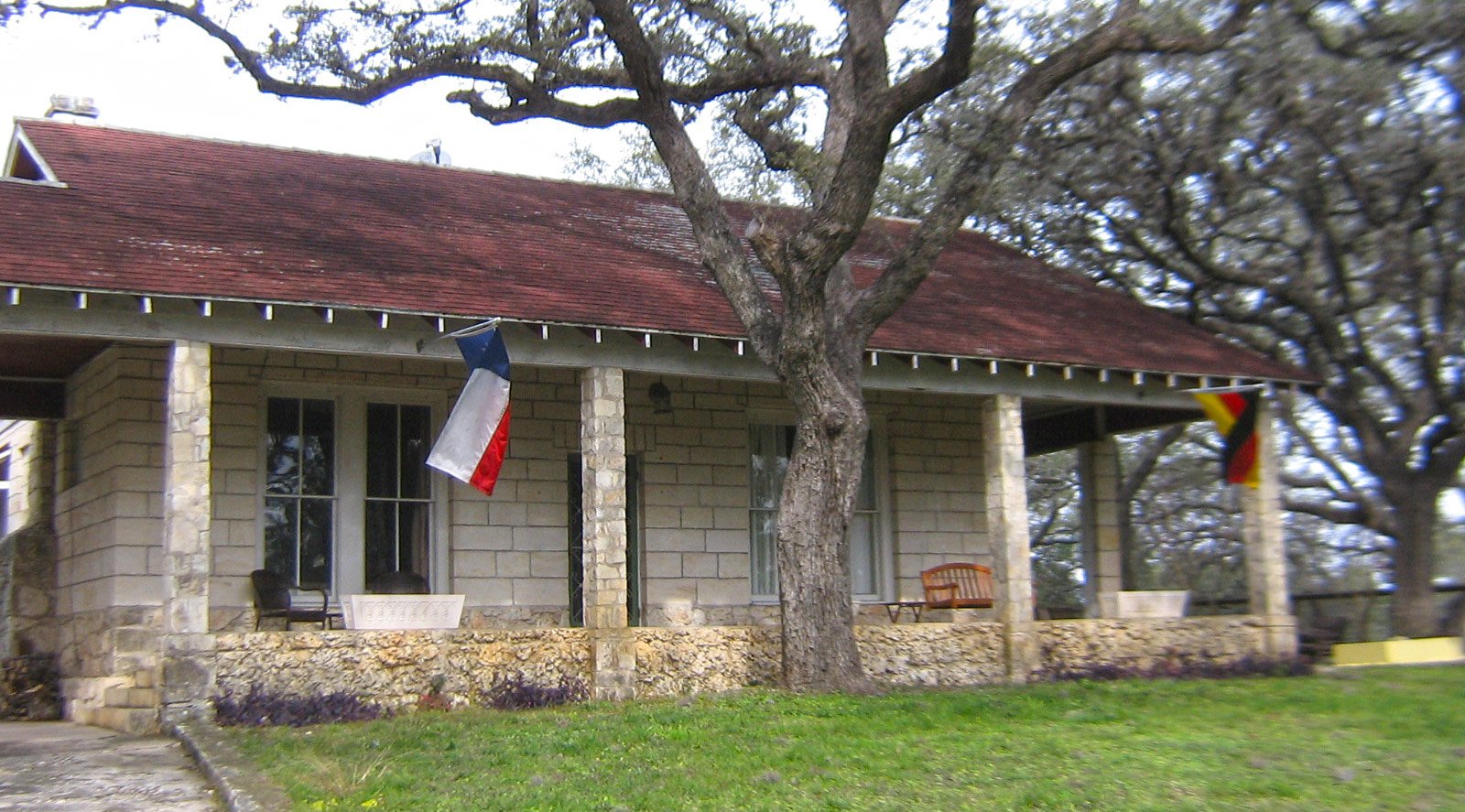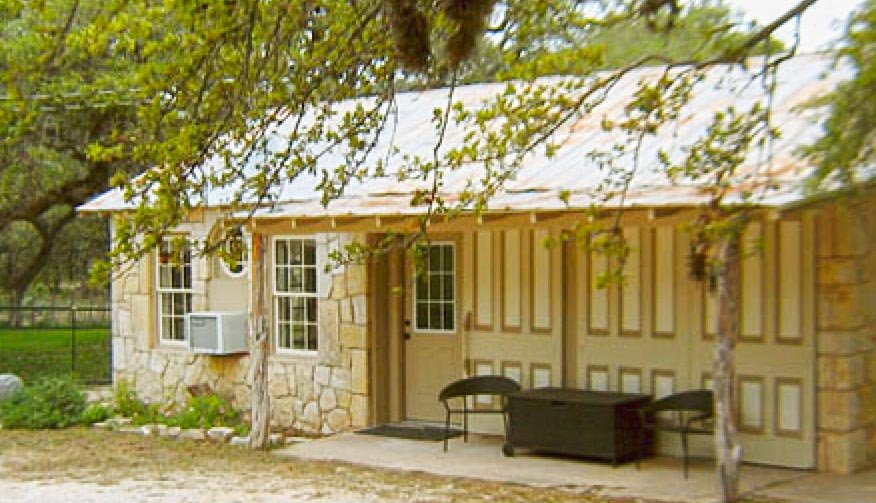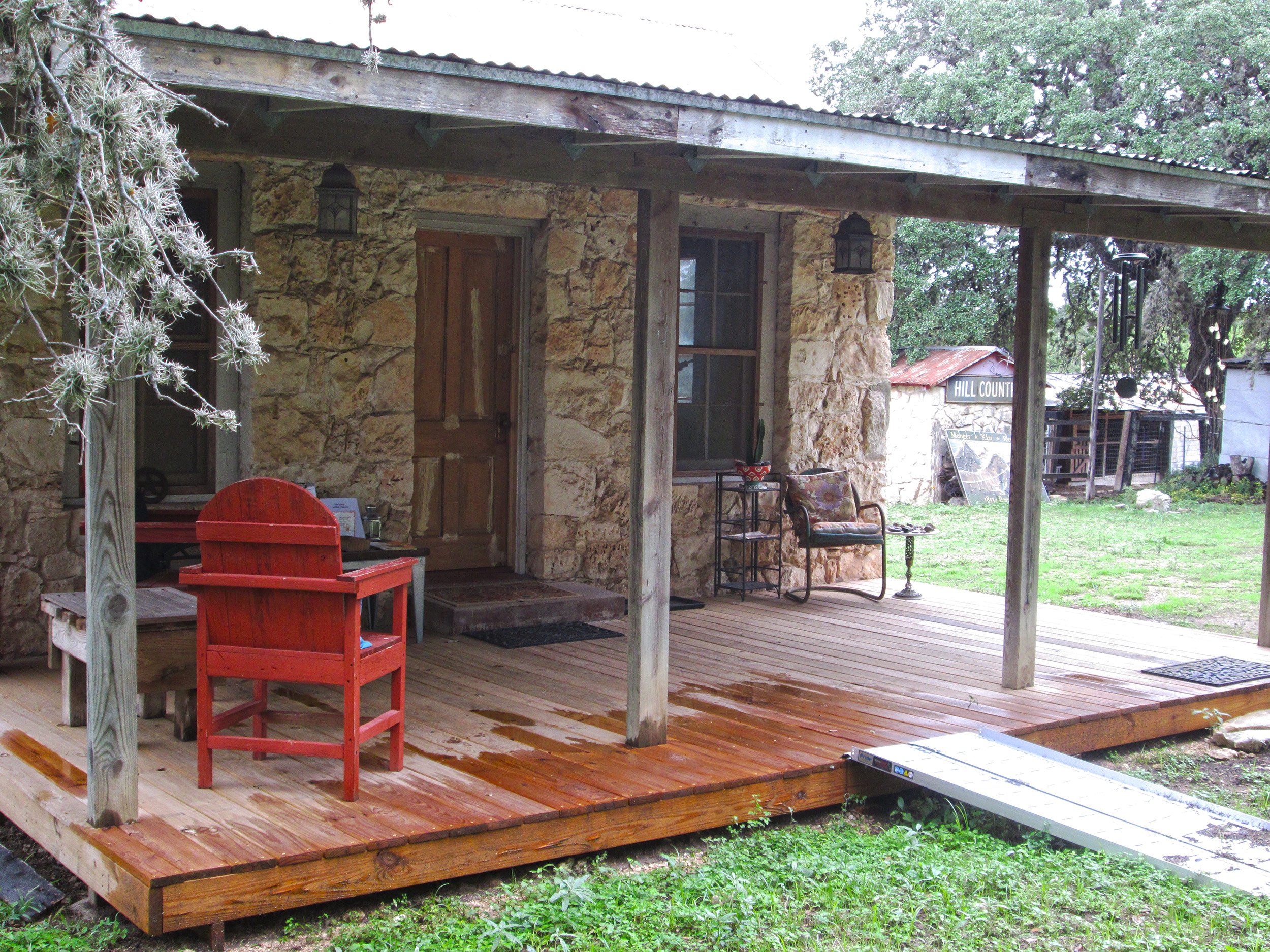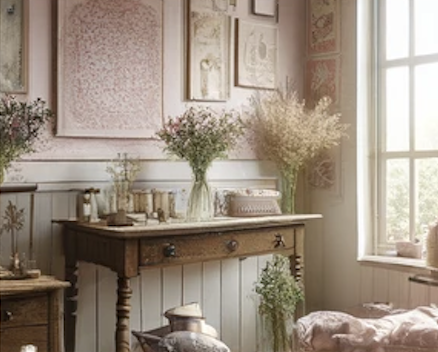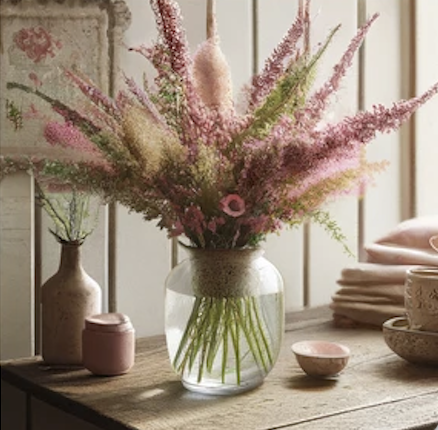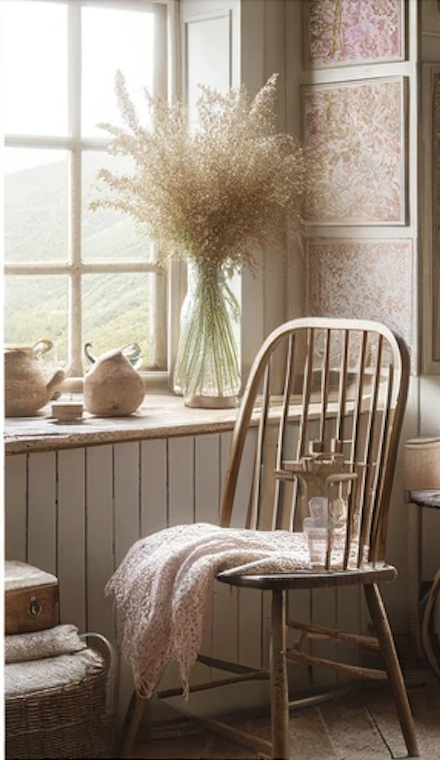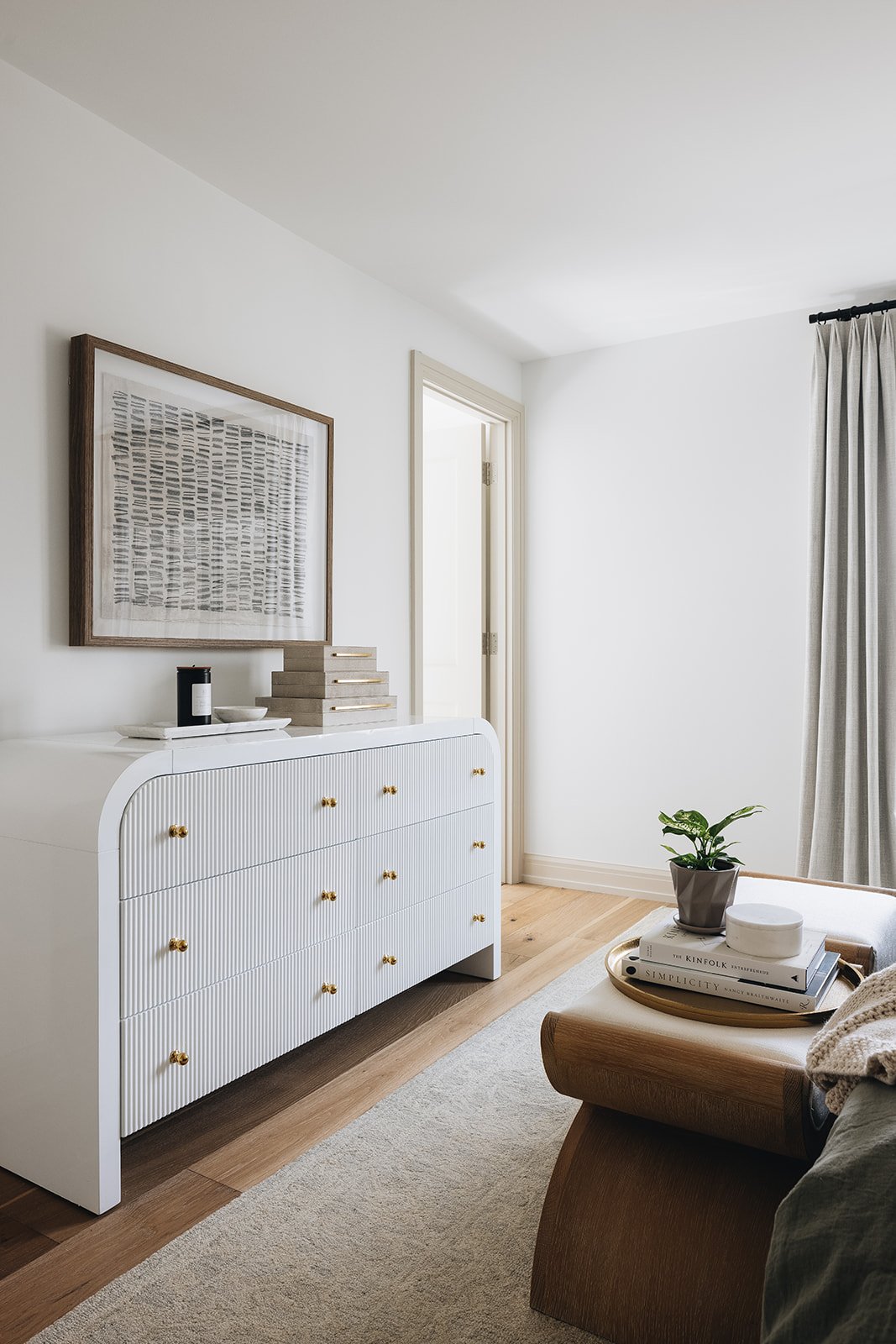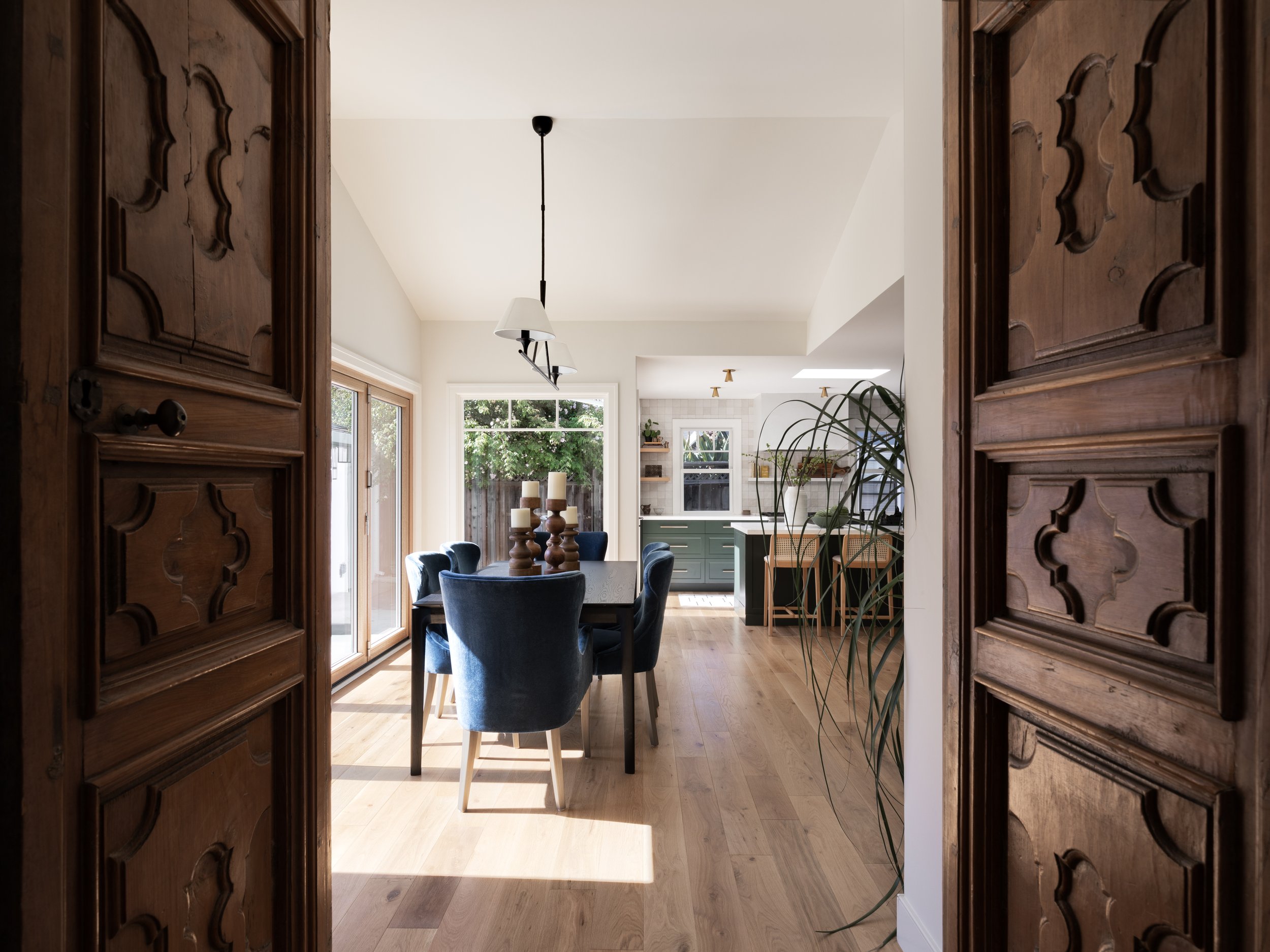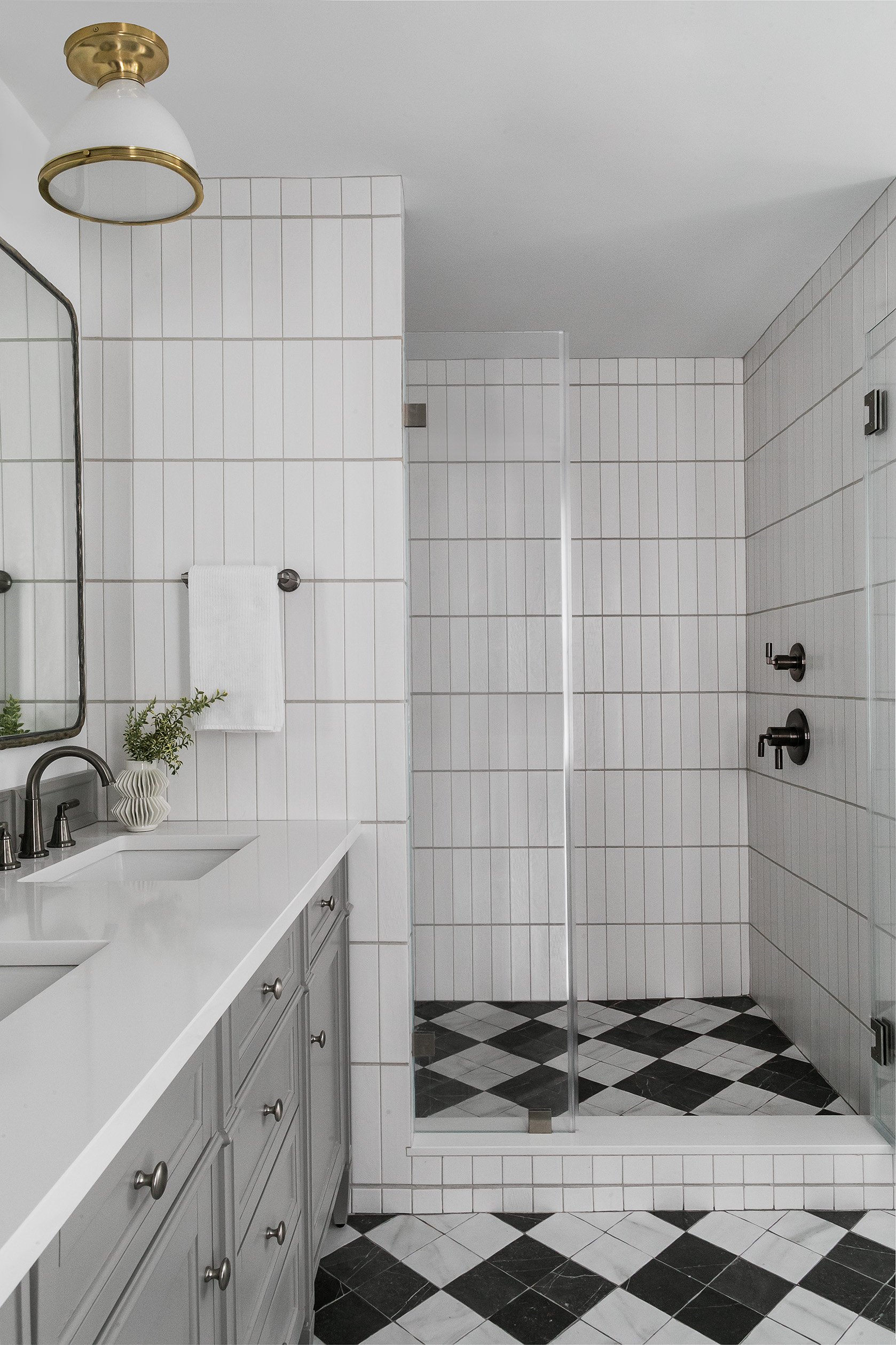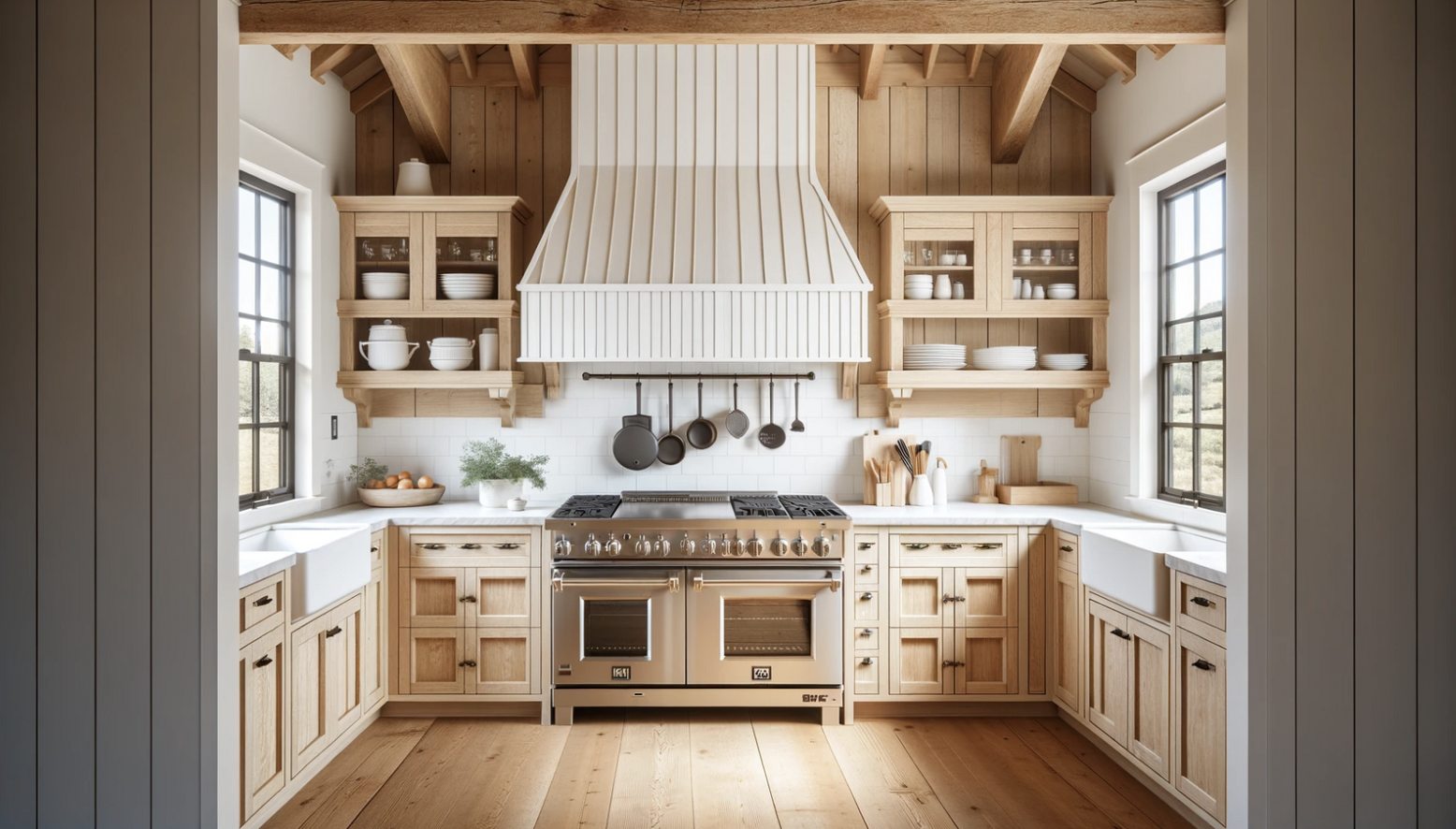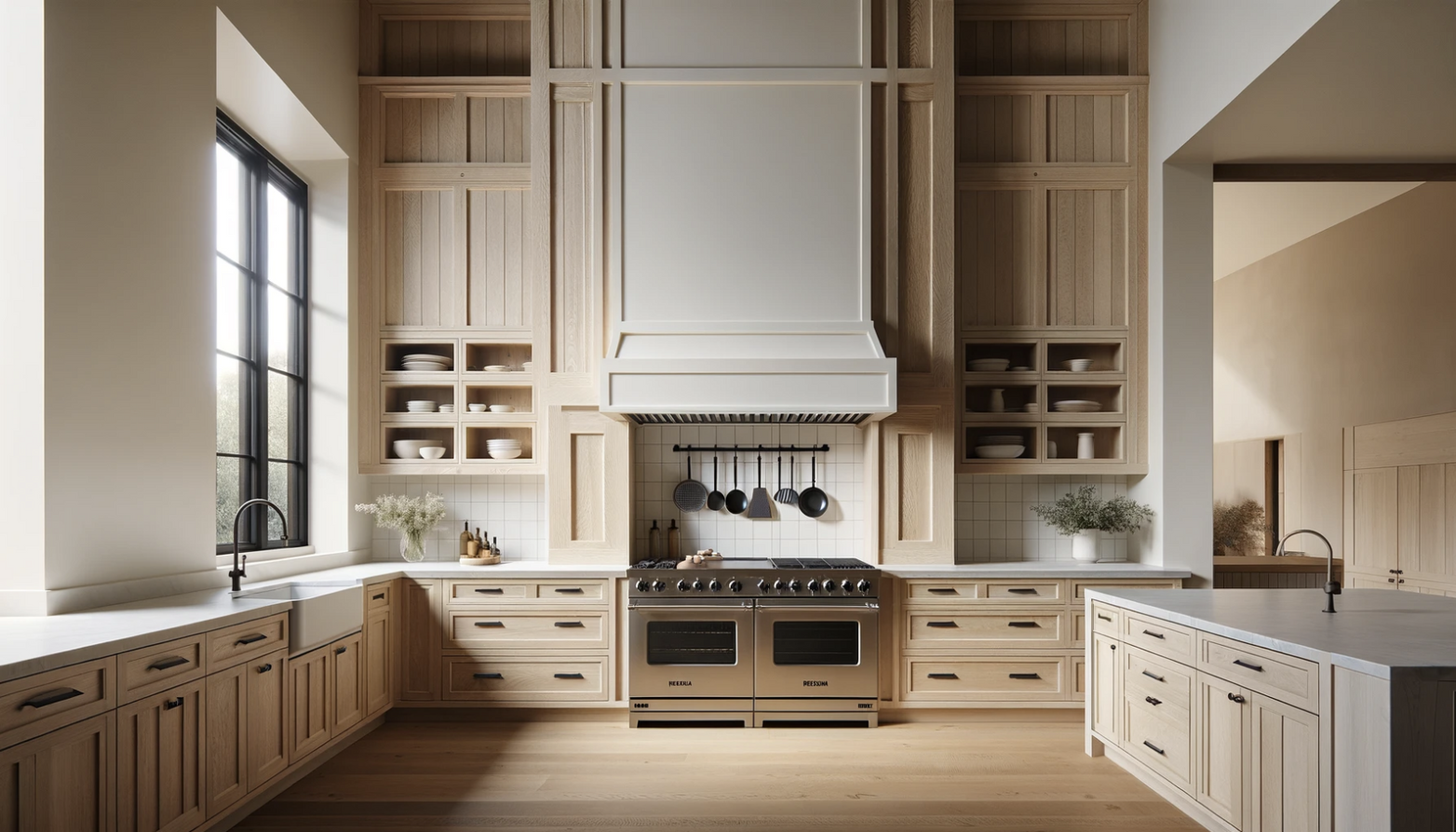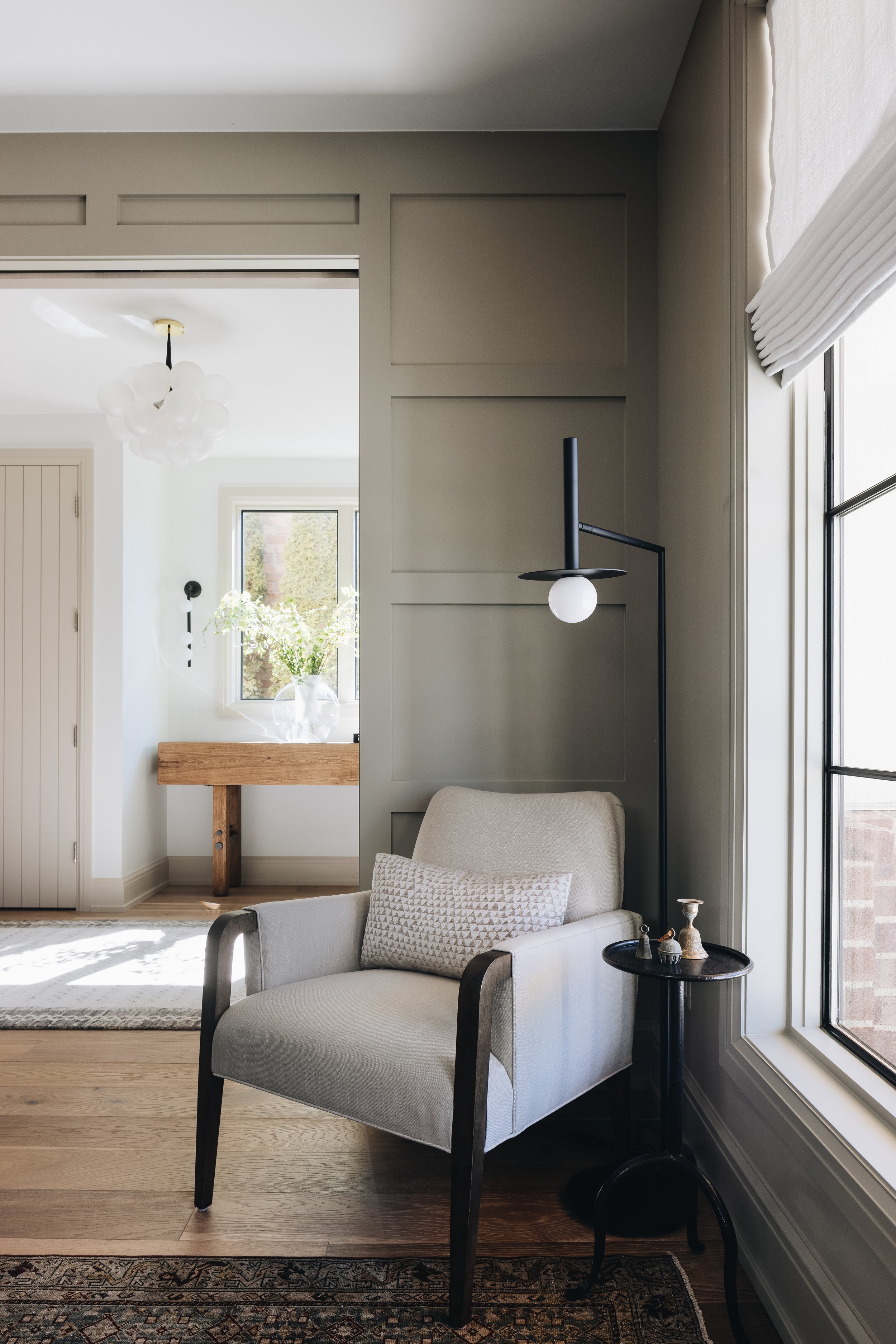Let's delve into the realm of "barndominiums," a term that's been buzzing in the world of architecture and interior design lately. Originating from a blend of "barn" and "condominium," the word "barndominium" initially referred to a renovated barn space turned into a residential property, usually with a loft-style layout. This trend started gaining traction in the late 20th century, particularly in rural areas where repurposing barns became a creative solution for living spaces. However, the concept has evolved significantly since then, extending its appeal to urban and suburban settings alike.
In recent years, the allure of barndominiums has skyrocketed, capturing the imagination of homeowners seeking a unique blend of rustic charm and modern luxury. What sets a barndominium apart is its distinctive aesthetic, characterized by high ceilings, open floor plans, and industrial-inspired elements like exposed beams and metal accents. It's this fusion of rugged rural heritage with contemporary design sensibilities that makes barndominiums so irresistible to a diverse range of clientele. But is a barndominium the right choice for you? Well, I am currently working on a project on a ranch where we are turning multiplate barns and cottages into residences for a rental property. Follow along with our progress to find out if this is the right fit for you.
Look at all of this Texas charm! I can’t wait to keep you updated.

